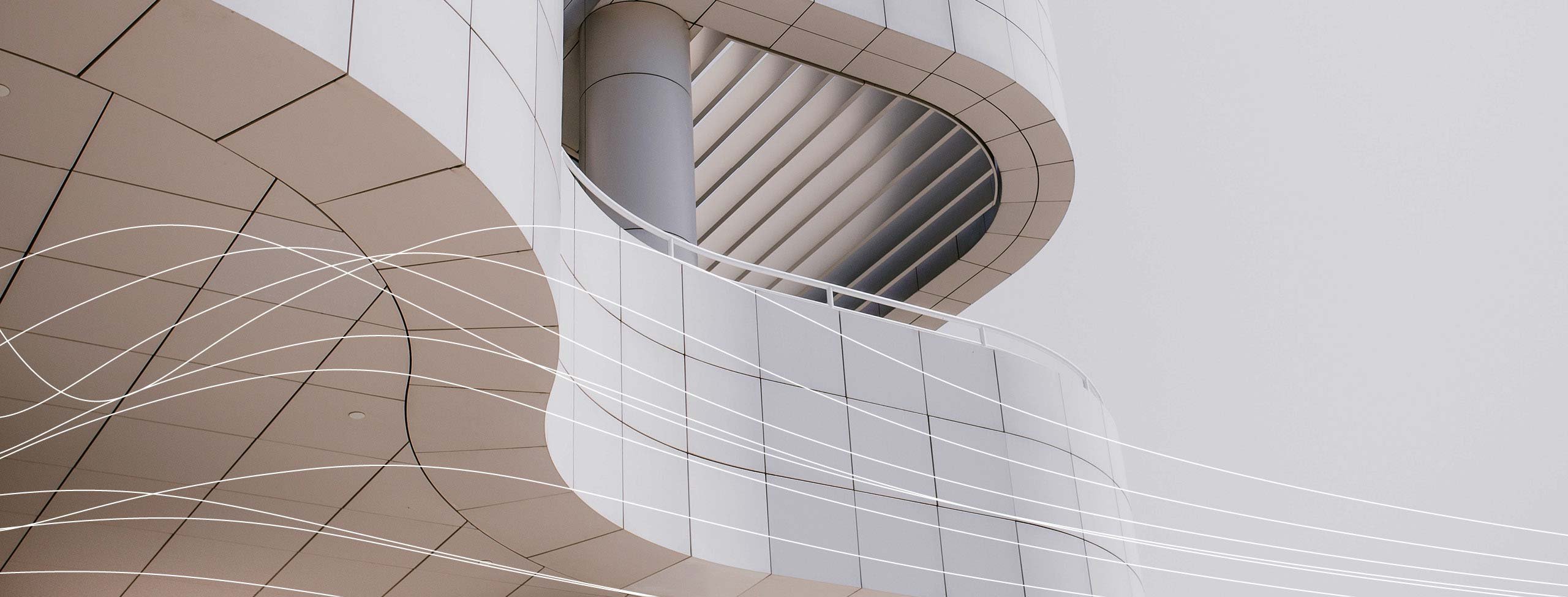
17 July 2024 • 4 minute read
USPTO releases patent subject matter eligibility guidance for AI: Top points
On July 16, 2024, the United States Patent and Trademark Office (USPTO) released highly anticipated guidance related to patent subject matter eligibility for artificial intelligence inventions (2024 Guidance).
The 2024 Guidance has not changed USPTO’s Alice/Mayo test for analyzing subject matter eligibility. Instead, the guidance provides further information to applicants and examiners on how to evaluate whether a claim recites an abstract idea for AI inventions.
Below, we provide a brief overview of the updates to the eligibility inquiry under Step 2A, Prong One and Step 2A, Prong Two of the eligibility analysis, as well as how to apply the eligibility inquiry to AI-assisted inventions.
Step 2A, Prong One
The USPTO emphasizes that, while it is common for AI inventions to involve abstract ideas, there is a clear distinction between claims that merely recite an abstract idea (which would require further analysis under Prong Two and Step 2B) and claims that merely involve or are based on an abstract idea. The 2024 Guidance dives into each of the eligibility groupings and provides several new examples for what claims may or may not recite an abstract idea under each grouping.
Certain methods of organizing human activity
This category remains a significant hurdle for AI inventions because the focus is on the intent or use of the AI system itself – namely, the objective for which the AI is optimized. For example, the inquiry focuses on whether the task the AI is used for, or the process that involves the AI, falls under one of the sub-groupings of fundamental economic principles or practices, commercial or legal interactions, or managing personal behavior or relationships or interactions between people. The 2024 Guidance does not change the current state of this grouping, nor does the guidance provide any suggestions for overcoming or avoiding this grouping. Instead, the 2024 Guidance only includes examples of claims that recite a certain method of organizing human activity.
Mathematical concepts
Claims drawn to AI inventions that involve mathematical concepts are not necessarily abstract if they do not recite mathematical formulas or concepts. Given that AI, at its core, involves several mathematical concepts and algorithms, this distinction is especially important for AI inventions as eligibility rejections relying on the mathematical concept grouping are still highly common.
Mental processes
Claims that encompass AI in a way that cannot be practically performed in the human mind are not considered mental processes.
Step 2A, Prong Two
The 2024 Guidance largely left Prong Two unchanged but did emphasize a key point of distinction for AI inventions – namely, that there is a distinction between a claim that reflects an improvement to a computer or other technology and a claim in which the additional elements amount to no more than (1) applying it or (2) a general linking of the user of the judicial exception to a particular technological environment or field. The 2024 Guidance recognizes that AI inventions provide a particular way to achieve a desired outcome when they claim a specific application of AI to a particular technological field. In such circumstances, the 2024 Guidance provides that such claims are subject matter eligible under Prong Two because the claim reflects an improvement in a computer or other technology. This improvement does not merely need to be shown in the additional elements but can also be shown by the additional elements in combination with the recited judicial exception.
The discussion surrounding Prong Two equips applicants with a stronger path towards eligibility should they encounter resistance in Prong One.
Applicability to AI-assisted inventions
The Guidance clarifies that the use of AI in the development of an invention does not affect the eligibility inquiry. Instead, the inquiry remains on the claimed invention itself regardless of whether AI was used to conceive the invention.
In summary, the 2024 Guidance provides essential insights and clarifications for applicants navigating the complex landscape of eligibility for AI inventions.
Stay tuned for additional publications diving into the new eligibility examples. For more information, please contact the author.
.jpg?h=975&iar=0&w=2560)

